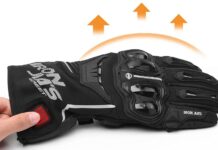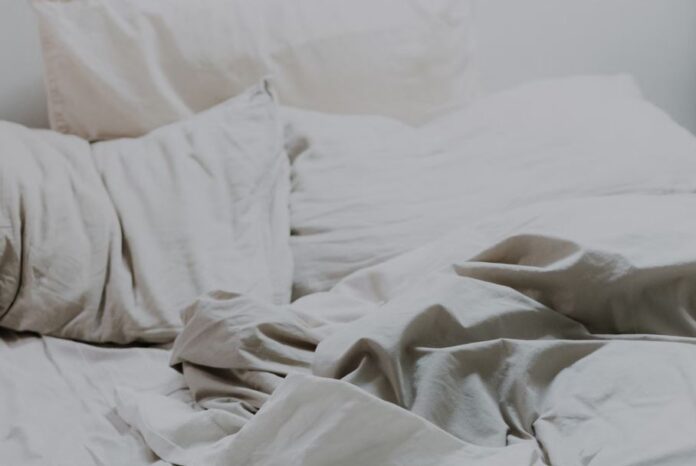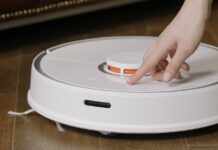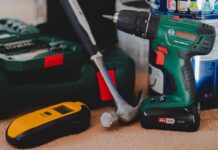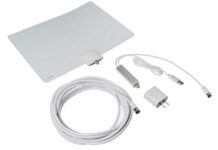“Sleep tight, don’t let the bed bugs bite!”
For many decades, this was little more than a cute saying. However, after being nearly eradicated for much of the 20th century, bed bugs are back. Bed bugs can wreak havoc on your home so it’s important to learn how to identify bed bugs and what to do to prevent and treat them.
Read on to learn more.
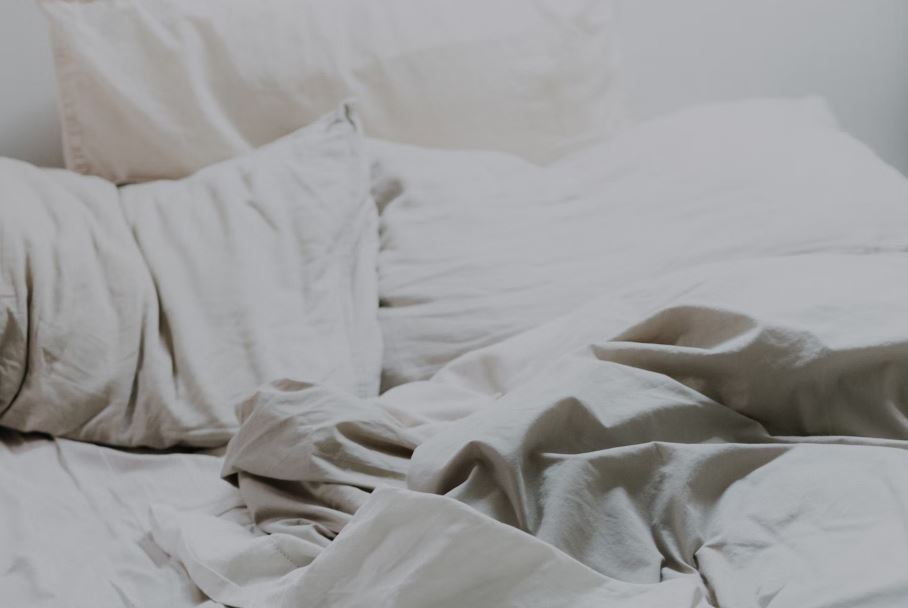
What Are Bed Bugs?
Bed bugs are small insects that feed on the blood of people and animals while they are sleeping. They are reddish-brown in color and can live for several months without a meal.
They feed primarily at night by piercing the skin and using their elongated beak to withdraw blood from you. After a few minutes, they are engorged with blood and crawl away. Typically, people only know they are there when they develop bite marks on their legs, arms, hands, face, or other body parts.
How to Identify Bed Bugs
The bites are the easiest way to identify bed bugs, but in some cases, it takes up to two weeks for a bitemark to emerge. Because of this, if you suspect a bed bug outbreak, here’s what you should look for:
- Skins, shells, or exoskeletons left behind
- Fecal spots on mattresses and other bedding
- Bloodstains (yours) on sheets or clothing
Take all of your bedding off of your bed and check the mattress for any signs of bed bugs. The bed bugs can be visible to the naked eye. They move at the speed of an ant. Inspect the mattress and box springs and look closely. Check any creases where they could hide and be sure you check the headboard too, particularly if they are upholstered.
Once you check the entire bed, move to the other areas of the room, like your nightstands, chairs, throw pillows, curtains, the edges of the carpet, and in your dresser drawers. The bugs can also be on your clothing, so check your closet and your clothing.
Bedbugs also give off a musty smell, so use your nose to sniff them out as well.
Check also: 7 Sure Ways of How to Heat Your Bedroom
How to Get Rid of Bed Bugs
The good news is that bed bugs don’t pose any health risks, as they don’t carry disease, and unless you are allergic to them, bites are more annoying than anything else. The bad news is that you have bugs. In your bed.
Once you determine that you have a bed bug infestation, you can try to get rid of them on your own. One of the ways you can try to get rid of them is with high heat. Take all of your bedding, infected clothing, and other upholstered materials and wash them in hot water and then dry them on high heat.
Things that can’t be washed should be sealed in bags and placed outside in high temperatures and left out there for the bugs to die. If it’s not that hot out, you can also put them inside a closed car on a sunny day.
Travel Precautions:
Take precautions while travelling. Suppose if you visit any hotel you don’t place your luggage directly on the bed. Check if there any bedbugs are there. If it is there then you need to clean it and after that use the bed.
Also, if you return from travel inspect all your luggage. After that enter your room.
If the DIY methods don’t work for you, it’s time to call in the pros, like Custombedbug.com. They can help get rid of the bugs once and for all.
Seriously. Don’t Let the Bed Bugs Bite
The most common way bed bugs spread is when you unknowingly pick them up and bring them home with you on your clothing or in a suitcase, for example. Now that you know how to identify bed bugs, whenever you stay in a hotel, inspect the room for any signs of them. Avoid buying secondhand upholstered furniture, towels, pillows, etc. as those are easy places for the bugs to hide out.
If you found this article useful, check out some of our other helpful resources.


